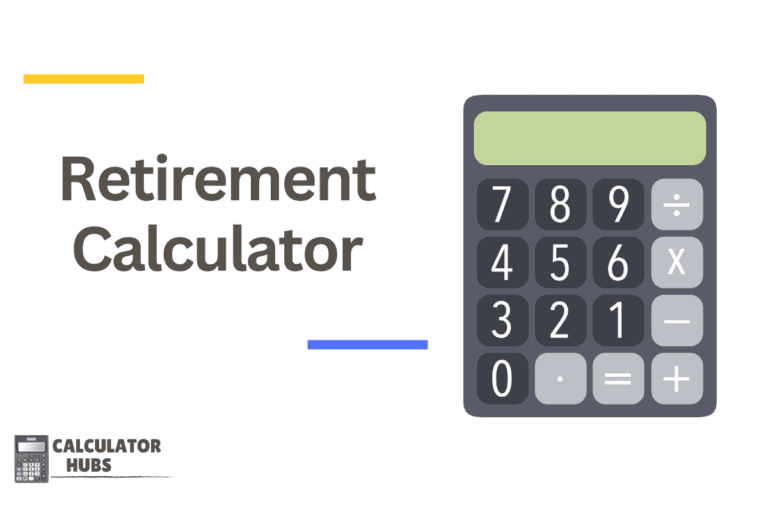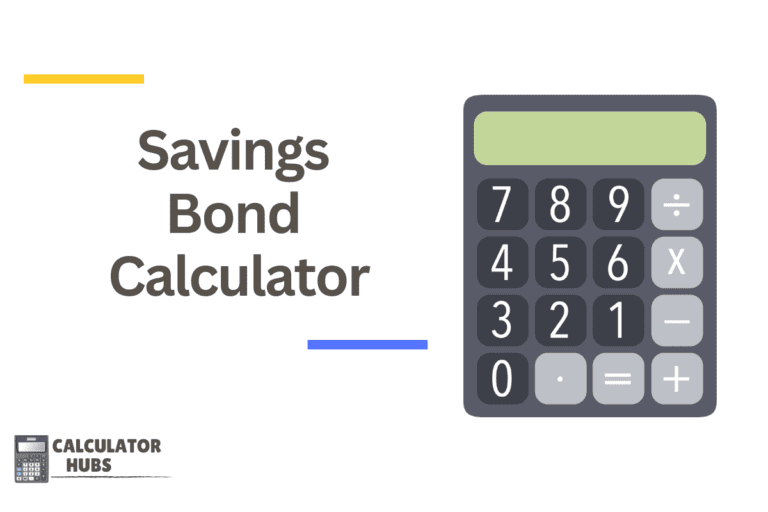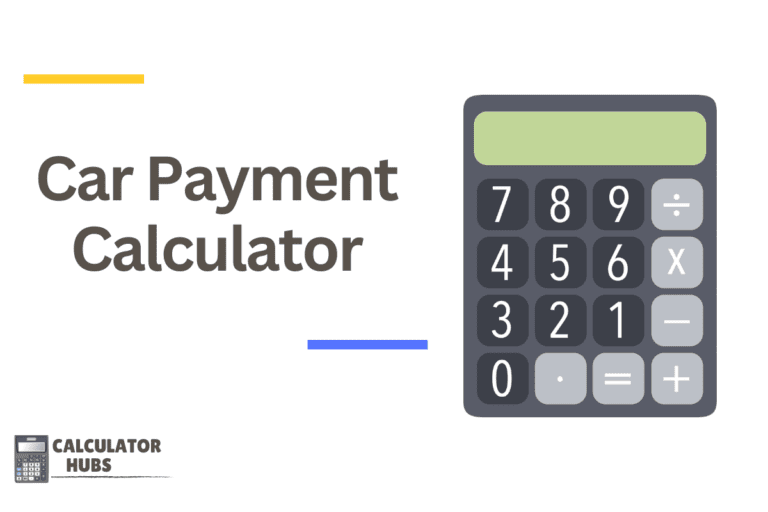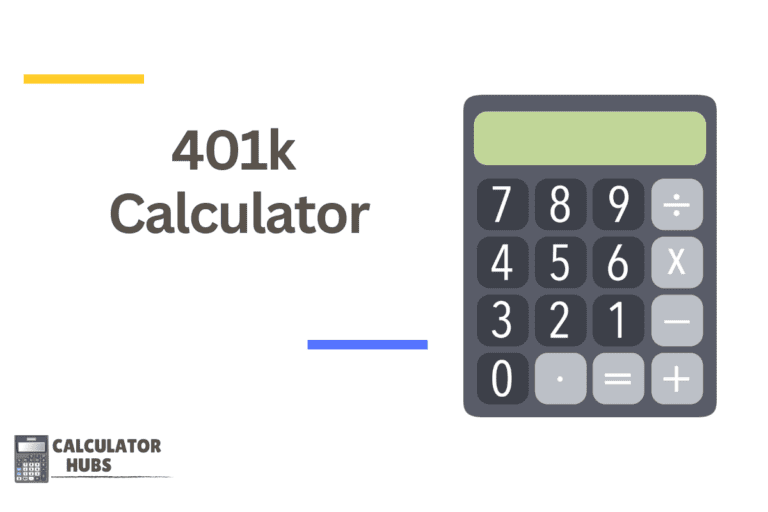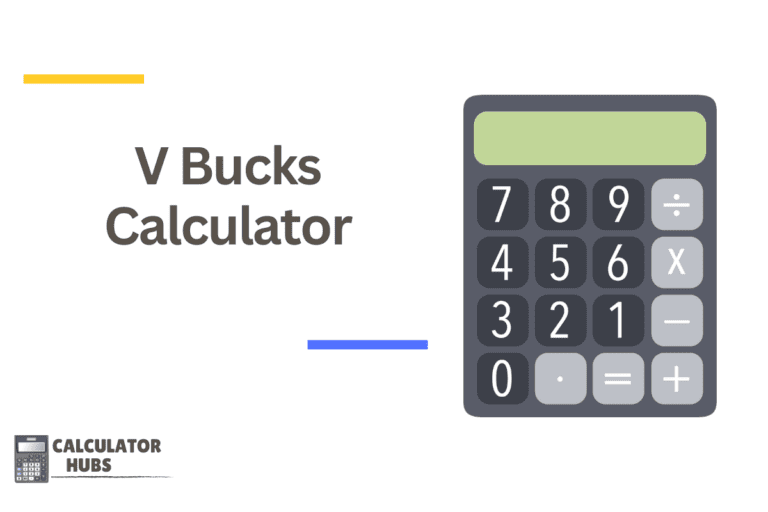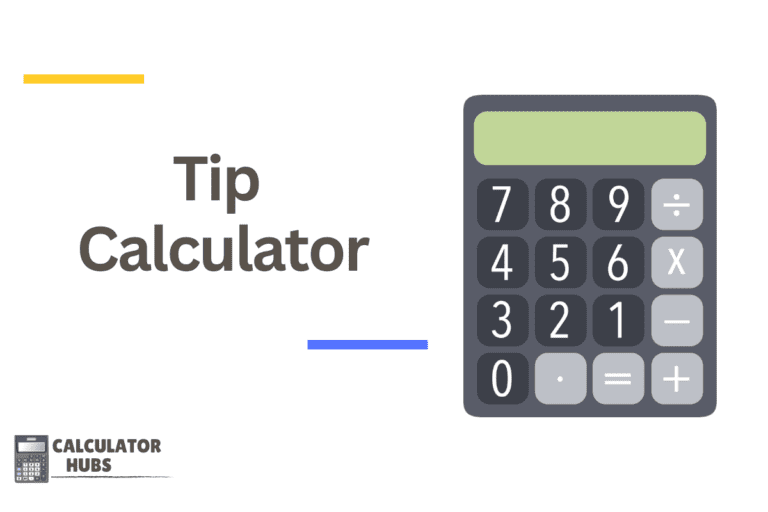Amortization Calculator
Monthly Payment: 0.00
Loan Details:
- Principal Amount: 0.00
- Total Interest: 0.00
- Total Amount: 0.00
Amortization Schedule:
| Month | Principal Payment | Interest Payment | Remaining Balance |
|---|
Amortization Calculator is an essential tool for individuals managing loans and mortgages, providing a detailed schedule of payments that break down the principal and interest components over the life of the loan. This calculator is crucial for financial planning, allowing borrowers to see how each payment affects their loan balance and the total interest paid over time.
How the Amortization Calculator Works
The Amortization Calculator calculates the periodic payment amount due on a loan (typically a mortgage) and provides a comprehensive breakdown of the number of payments (or periods) and the interest rate applied. It shows how payments are split between principal and interest throughout the loan term.
Key Inputs:
- Loan Amount: The initial amount of the loan or mortgage.
- Interest Rate: The annual interest rate on the loan.
- Loan Term: The duration of the loan, typically in years or months.
- Payment Frequency: Common frequencies include monthly, quarterly, and annually.
Formula Used:
The calculator uses the formula for an amortizing loan:
M = P [r(1+r)^n] / [(1+r)^n – 1]Where:
- M is the regular payment amount.
- P is the loan amount (principal).
- r is the periodic interest rate (annual rate divided by the number of payment periods in a year).
- n is the total number of payments.
Amortization Schedule:
The output typically includes an amortization schedule, which lists each payment by date and shows the allocation of each payment toward interest and the remaining balance toward the principal. This schedule helps users visualize the gradual decrease of the loan balance over time.
General Terms and Definitions Table
| Term | Definition |
|---|---|
| Loan Amount | The total initial amount borrowed. |
| Interest Rate | The annual rate charged by the lender for the loan. |
| Loan Term | The total time over which the loan will be fully repaid. |
| Payment Frequency | How often payments are made (e.g., monthly, annually). |
| Principal | The part of the payment that reduces the loan balance. |
| Interest | The part of the payment that covers the cost of borrowing. |
Example of Calculator Use
Scenario:
- Loan Amount: $100,000
- Interest Rate: 4% annually
- Loan Term: 30 years
- Payment Frequency: Monthly
Calculation:
- Calculate the monthly interest rate: 4% / 12 = 0.3333%
- Calculate the total number of payments: 30 years * 12 months/year = 360 payments
- Calculate the monthly payment using the formula:
- Monthly Payment (M) = $100,000 * [0.003333(1 + 0.003333)^360] / [(1 + 0.003333)^360 – 1] ≈ $477.42
The resulting amortization schedule would show each of the 360 payments, detailing how much of each payment is interest versus principal, illustrating the loan balance decrease over time.
Most Common FAQs
1. What happens if I make extra payments?
Extra payments reduce the principal balance faster, decrease the total interest paid, and can shorten the loan term. Most amortization calculators allow you to model the impact of extra payments.
2. Can I refinance based on the amortization schedule?
Refinancing decisions can be informed by an amortization schedule by comparing current terms with potential new loan terms to see if refinancing offers a financial benefit.
3. How does changing the payment frequency affect my loan?
Increasing the frequency of payments can decrease the total interest paid over the life of the loan and can accelerate the payoff of the loan.
4. Does the amortization schedule consider variable interest rates?
Basic amortization calculators assume a fixed interest rate. Calculators that handle variable rates must adjust the schedule based on changes in the rate.
5. Are there tax implications shown in the amortization schedule?
Typically, amortization schedules do not include tax implications. However, the interest paid can often be deducted on taxes, and you should consult a tax professional for specific benefits.
The Amortization Calculator is a powerful planning tool that provides transparency into the financial commitments associated with loans, helping borrowers to make informed decisions about their financing options.

